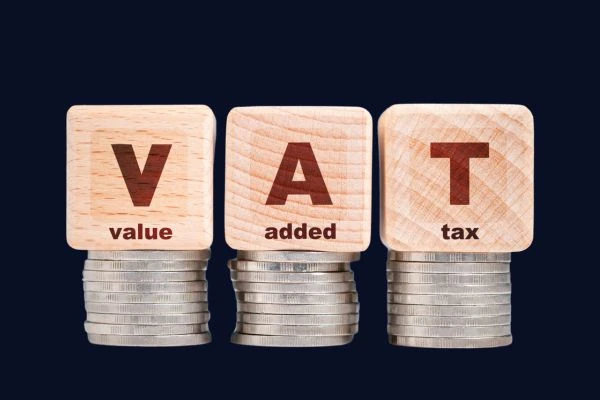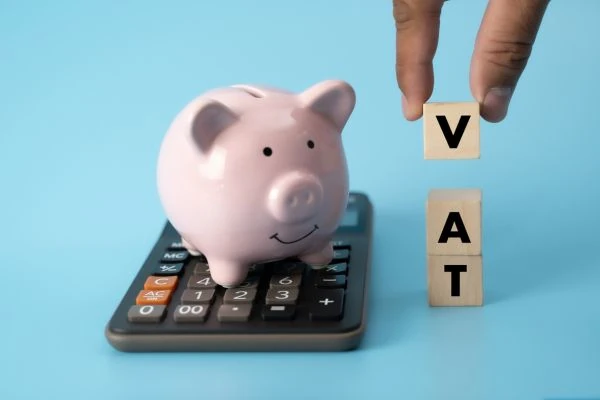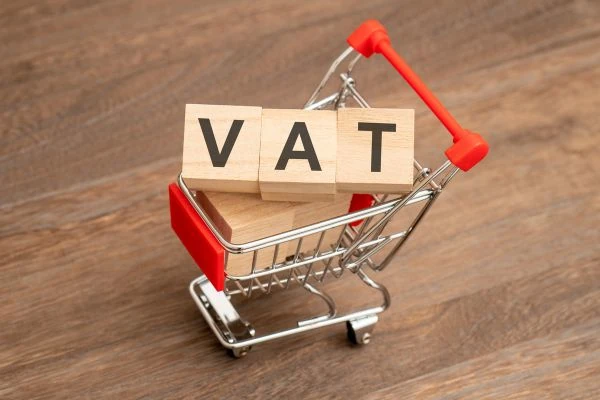What Are VAT Rates?
VAT rates decide how much Value Added Tax is added to goods and services sold in the UK. There are three main rates:
Standard Rate (20%) – The standard VAT rate applies to most goods and services. If you’re VAT registered, you must charge this rate unless an exception applies.
Reduced Rate (5%) – Some goods and services qualify for the reduced rate, such as children’s car seats, home energy, or certain energy-saving materials.
Zero Rate (0%) – Some items are zero-rated, meaning they’re taxable but the rate is 0%. This includes most food, children’s clothes, books, and newspapers.
Understanding which VAT rate applies to your sales is key to charging the right amount, reclaiming input VAT correctly, and submitting accurate VAT returns.
Getting Started with VAT Rates
Before you charge or reclaim VAT, it’s important to know which rate applies to your products or services. Most businesses use the standard rate of 20%, but some items qualify for the reduced rate or zero rate — and mistakes can lead to underpaying or overpaying HMRC.
Register for VAT:
You must register for VAT if your taxable turnover goes over the VAT registration threshold. Once registered, you’ll charge VAT at the correct rate and submit regular VAT returns.
Keep Good Records:
Accurate invoicing and record-keeping are essential for showing which VAT rates you’ve used and proving your input tax claims.
Stay Up to Date:
VAT rates can change, and certain items might qualify for temporary reduced rates or exemptions. Check HMRC guidance or get advice if you’re unsure.
Knowing how VAT rates work helps you stay compliant, reclaim VAT correctly, and avoid costly errors.










